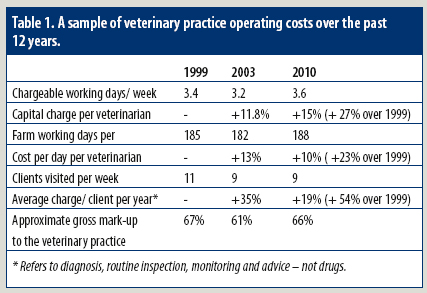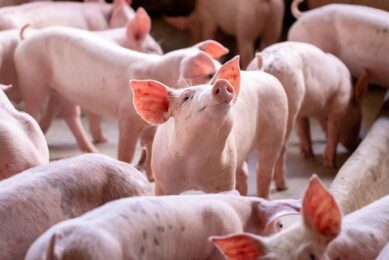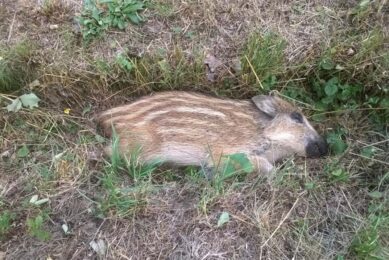What the textbooks don’t tell you about…Using the vet efficiently (part one)

I wrote about this six years ago. So why the need to look at things again? This column is based on what the textbooks don’t tell you, or don’t cover sufficiently, at least in my opinion. The two best veterinary textbooks on pigs, written by pig specialist vets, of course, cover the veterinary subject brilliantly, but strangely neither of them tell you how to use vets effectively.
So here are some thoughts on the present situation, which has moved on somewhat from that of six years back.
1. Viral disease has become even more threatening to profits – and increasingly to affect the peace of mind of the hard-working pig producer and his dedicated, patient staff.
2. The whole subject of ensuring naturally-acquired immunity seems to me to have taken second place to the needle and the drug. In no way am I criticising the excellent efforts of the vaccine and drug firms and their products – where would we be without them.
3. However, using them in the fight against disease seems the easier solution to many producers. But the syringe and the drug cupboard are neither the whole or the only solution, especially for the modern high performance gilt and all small pigs. Acquiring a natural immune barrier for them as quickly as possible is the vital first line of defence. And veterinary guidance in this process is vital.
4. Establishing this protective, natural immune barrier involves careful and forward-thinking management and maybe some degree of farm remodelling. It is tempting for farmers to shrug off what is advised in the first area on grounds of the extra effort needed, and more costs incurred with the second. For many people needles and drugs do seem to take most of the effort out of it.
5. Six years ago veterinary practices weren’t exactly flush with profits – not enough for the investment in qualification training and the capital costs of the veterinary practice. Things seem a bit better for them now, but of course this has come about from higher attendance fees and laboratory support costs.
Table 1 suggests what the situation could be today, the information being generously provided by several veterinary practices in Europe with a high proportion of pig work I was asked not to mention actual costs in monetary terms. Naturally farmers have noticed the rise in veterinary costs since 1999 and a proportion of this, I am told, is due to better diagnostic work back at the practice, as many now have the equipment and the back-up staff to do this in-house quickly. Compared to many retail businesses where (until the recent recession) their mark-up has not been less than 100% of raw material costs, higher veterinary charges per client per year are relatively modest in relation to the higher costs of running a practice.
6. Higher veterinary costs, I find, can be eased by using a specialist pig vet as more of a long-range advisor/ supervisor with only a periodic visit to the farm being needed. First, to check up on how things are progressing and secondly to train and update the owner and staff. An annual contract is made. Friendly cooperation on his part with a local ‘GP’ vet is needed so as to attend to topical/ emergency disease when it occurs and to supply veterinary-restricted medication quickly.
This works well on the better farms and has actually been cheaper than employing a full-time pig specialist vet visiting the farm regularly – although not all such agree with me.
7. Where the pig specialist vet is most valuable is in guiding the breeder on the purchase and introduction of replacement stock and then the absolutely vital techniques used in their gradual induction into the existing herd, especially if expansion is desired. These will vary from farm to farm and entails ‘disease profiling’ at least twice a year, if not on-going. In my recent experience this is an area where many modern breeders are still adrift and why I have devoted many pages in my latest textbook Modern Pig Production Technology to this important discipline.
8. A growing trend is the use of far-distant highly experienced specialist pig veterinarians. ‘Far-distant’ being in other countries and even continents, using internet communication. I use veterinary specialists in this way, two in the USA and one in Denmark, on behalf of my more sophisticated clients. Again, the local GP vet needs to be in on the arrangement as veterinary ethics are involved. We shall see even more of this from now on. PP
Join 18,000+ subscribers
Subscribe to our newsletter to stay updated about all the need-to-know content in the pigsector, three times a week. Beheer
Beheer










 WP Admin
WP Admin  Bewerk bericht
Bewerk bericht